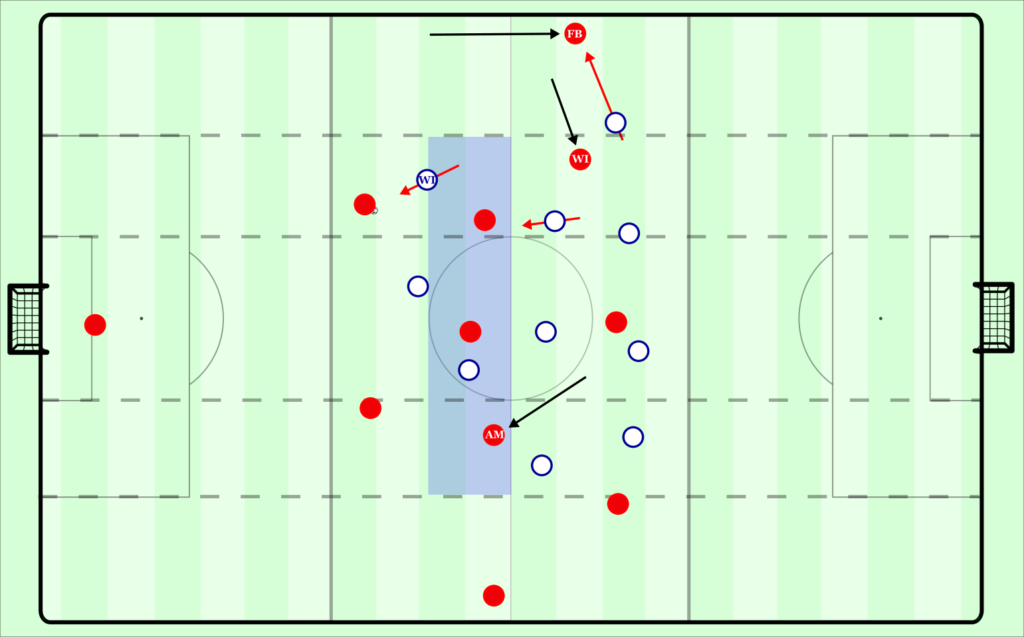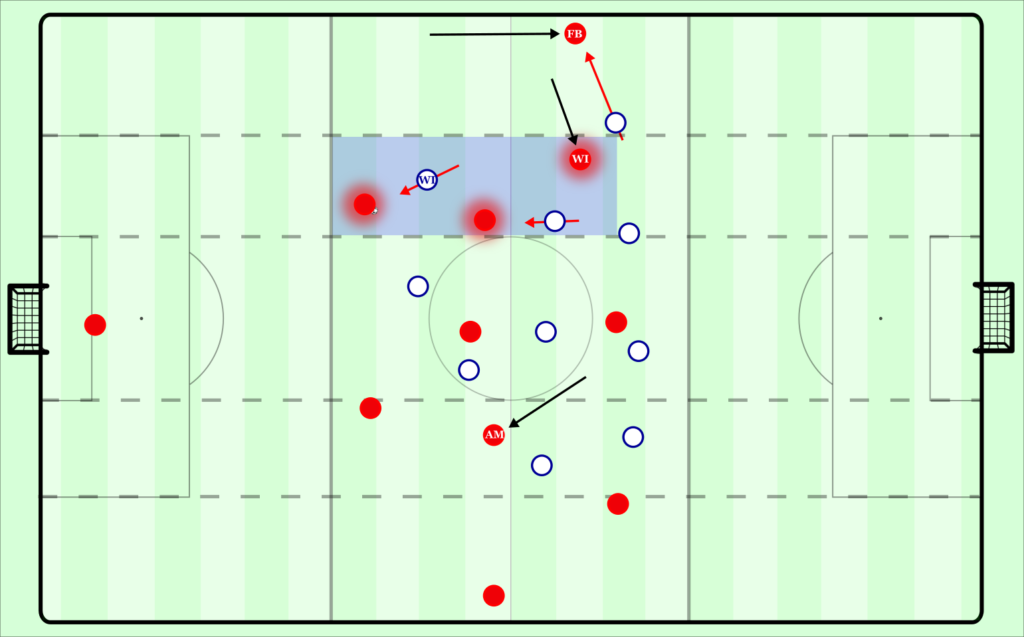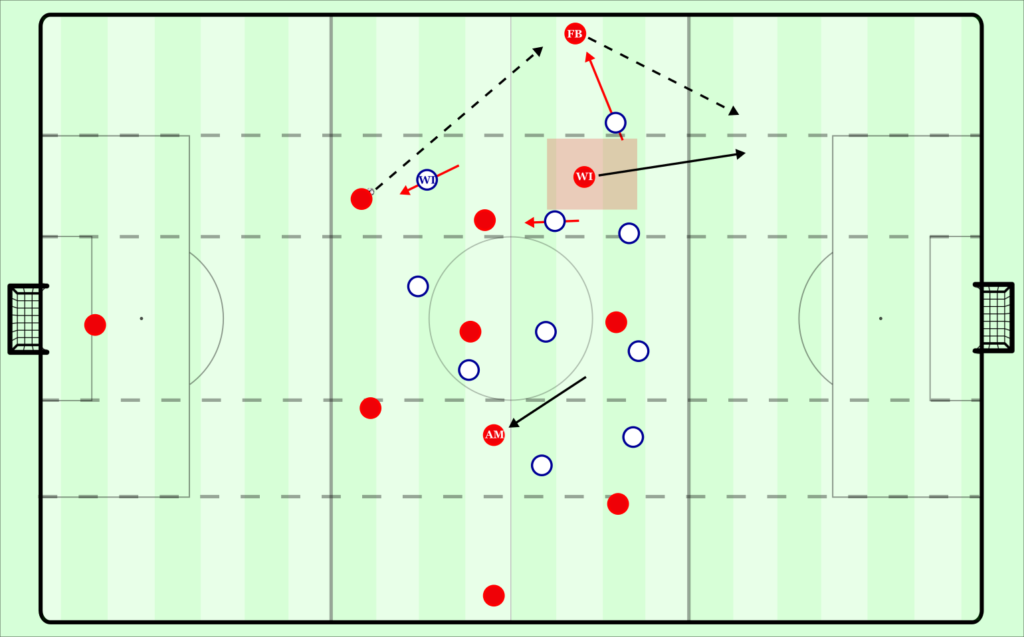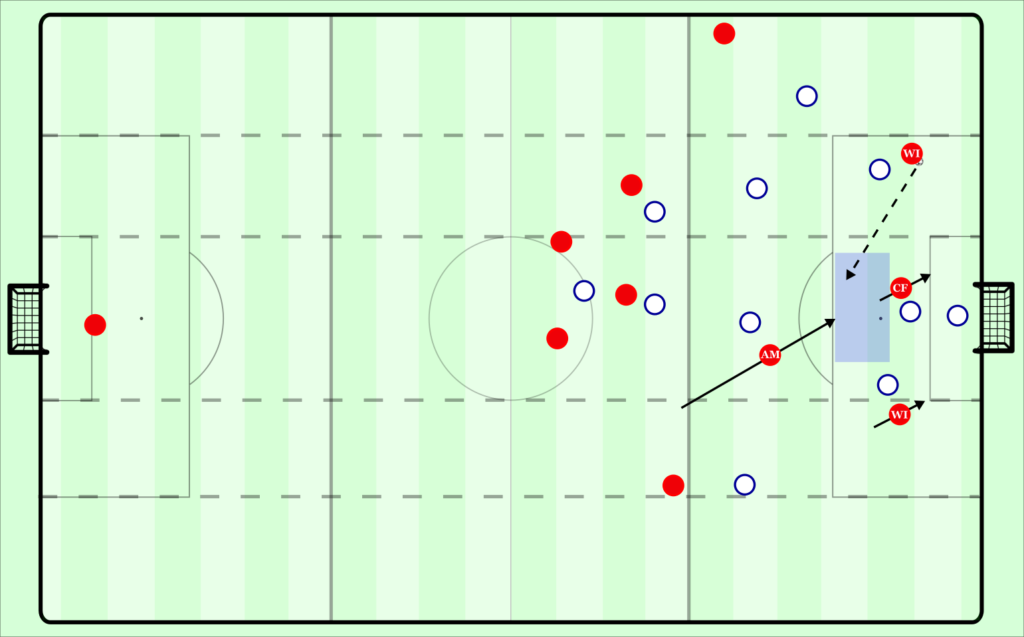Analysing Arsenal v Tottenham: Balancing attacking movements for Ødegaard
With Tottenham unbeaten in the last six games in all competitions against their North London rivals, Mikel Arteta came into the match on Sunday having to show how exactly he has improved Arsenal in the last year and a half or so.
Arteta set up his team for the North London derby in the ever so prevalent 4–2–3–1, I thought he would have done something more interesting like against Olympiakos on Thursday by building up in a back 3 and returning to a 4 to defend, but it only happened a couple of times against Spurs. The only drama was Pierre-Emerick Aubameyang was supposed to be the main striker but was dropped to the bench for disciplinary reasons, giving Alexandre Lacazette the nod to start.
For a while, it looked to be the same old Arsenal, chances hit the post in the first half, they dominated possession and went 1–0 down to an Erik Lamela Rabona goal, but with some clever use of Lacazette and Martin Ødegaard they managed to pull one back just before half time.
So, what worked well in attack for the Gunners against a team capable of being so defensive (despite it not being Mourinho’s initial tactic)?
Arsenal used two different movement patterns to create their structure. As soon as they were in a higher build-up play, Granit Xhaka occupied the left half-space, Partey the central area and Ødegaard dropped next to both of them into the right half-space. The fluidity of this suits a player of Ødegaard’s abilities more than the classic number 10 role since he can help the team circulating the ball and escape pressure.
With all three of them taking up the same horizontal line, it was simple for the hosts to keep possession and progress the ball in the first two levels. It also reassured that they had a 3+2 restraumverteidigung.

While building up, Arsenal used another important movement which included Emile Smith Rowe and Kieran Tierney; as soon as Tierney pushed higher, Smith Rowe could drop into the half-space which caused problems for Tottenham because Arteta’s team were overloading Spurs’ vertical defensive line. When the visitors tried to put pressure on Gabriel with their right winger, they:
A) Opened up the passing lane into the wing zone
B) Forced Tottenham’s pivot player to step out to close down Xhaka

Both of these led to Smith Rowe being positioned behind Tottenham’s pivot player and in between their centreback. With a simple pass from Gabriel to Tierney, the Gunners could play around their opponent’s block and attack the space behind their defensive line with ESR.

But there are problems (and solutions) to these types of movements. By vacating the number 10 space with Ødegaard, Arsenal struggled to play through Spurs’ structure and could only rely on the halfspace overload to progress the ball. At the same time, as soon as they could attack the space behind the defensive line, Ødegaard’s position made it difficult for him to arrive into the box in time e.g. when Lacazette lets the ball slide through to no one, expecting Ødegaard to be there in the 36th minute. The idea behind this was still good because the Norwegian could attack the box from a deeper position, this made it difficult for Tottenham to defend — as seen from the equalising goal.
To make Ødegaard’s arrival more effective, the hosts set up their box offence by Lacazette drawing away the opponent’s centre-back and attacking the near post while Bukayo Saka split the defence by drawing the defender to the far post. The split was the reason why Arsenal’s number 11 could receive the free ball around the penalty area.

Despite this tactic ultimately working with Lacazette, maybe with Aubameyang, there would have been more phases where Arsenal would have been more comfortable without the ball and faster at counter-attacks.
Article by Jasmine Baba


Keine Kommentare vorhanden Alle anzeigen